
Keeping your family and interior safe is only one of your front door's roles. It also considerably contributes to your home's first impression by:
-
Boosting its curb appeal
-
Making it look more inviting
-
Freshening up its overall look
Thus, finding a front door that matches the style and aesthetics of your home is imperative.
But a lovely door won't be lovely for long if it demands a lot of maintenance you never get around to doing. Even if the initial look is everything you've dreamed of, not giving your entry door enough attention could only work against you. That being said, the front door material is one of the critical aspects homeowners consider when choosing a house or replacing their old aperture.
Traditionally, doors were made of wood. But today's doors come in various materials with different features and performance levels. One of the best materials you can opt for is metal.
Before jumping into the maintenance process to ensure a long life for your metal door, this article will briefly outline some considerations regarding metal doors.

Which Materials Are Used For Metal Entry Doors?
Metal doors typically come in steel, iron, and aluminum. But like the other materials, these three couldn't be more different despite being classified together.
What Other Door Materials Are Available?
Apart from metal doors, wood, fiberglass, and uPVC (Unplasticized Polyvinyl Chloride) are popular entry door materials. Of course, full glass doors with metal or wood frames are also a possibility. But let's be honest. Clear glass front doors aren't ideal options for security and privacy reasons unless frosted.

How Durable Are Metal Doors Compared to Regular Doors?
Without a doubt, steel and iron doors are more robust than wood, aluminum, fiberglass, and uPVC ones. Wood is susceptible to moisture, termites, and rotting and can warp or crack over time. They're also not fire-resistant like fiberglass and metal. On the other hand, aluminum, uPVC, and fiberglass don't perform well in terms of impact resistance as they can easily bend and crack, compromising the security of your home.
When it comes to steel and iron doors, several differences are also worth noting. Steel generally doesn't rust (unless exposed to water for a prolonged period), while iron is prone to corrosion due to the chemical process of oxidation. Iron is also quite malleable, unlike steel which can't change its shape that easily.

How Different Is the Cost?
The cost of a door doesn't only depend on the material. You need to take the size, style, design, and potential additional costs into consideration as well. Still, some general prices can be concluded.
Wood is famously known to be on the expensive end of the scale regardless of what you're investing in. Fiberglass, uPVC, and aluminum are on the opposite end, and steel and iron fall somewhere in between. But that's not the end of it. Long-term costs are where the real fun begins.
Obviously, as wood is made of natural materials and isn't as durable, it'll take a lot of money from your pocket over the years. With metal doors, oxidation and rust is a constant threat that, once they happen, the only solution is a replacement.

Which Door Material Requires Less Maintenance?
If you're searching for low-maintenance doors, uPVC and fiberglass are your options. They're easy to clean and less expensive options, so replacing them won't cost you an arm and a leg.
Contrary to them, wood and metal doors are a bigger responsibility. They require occasional repainting, staining, or touch-ups to prevent deterioration and keep them in top shape.
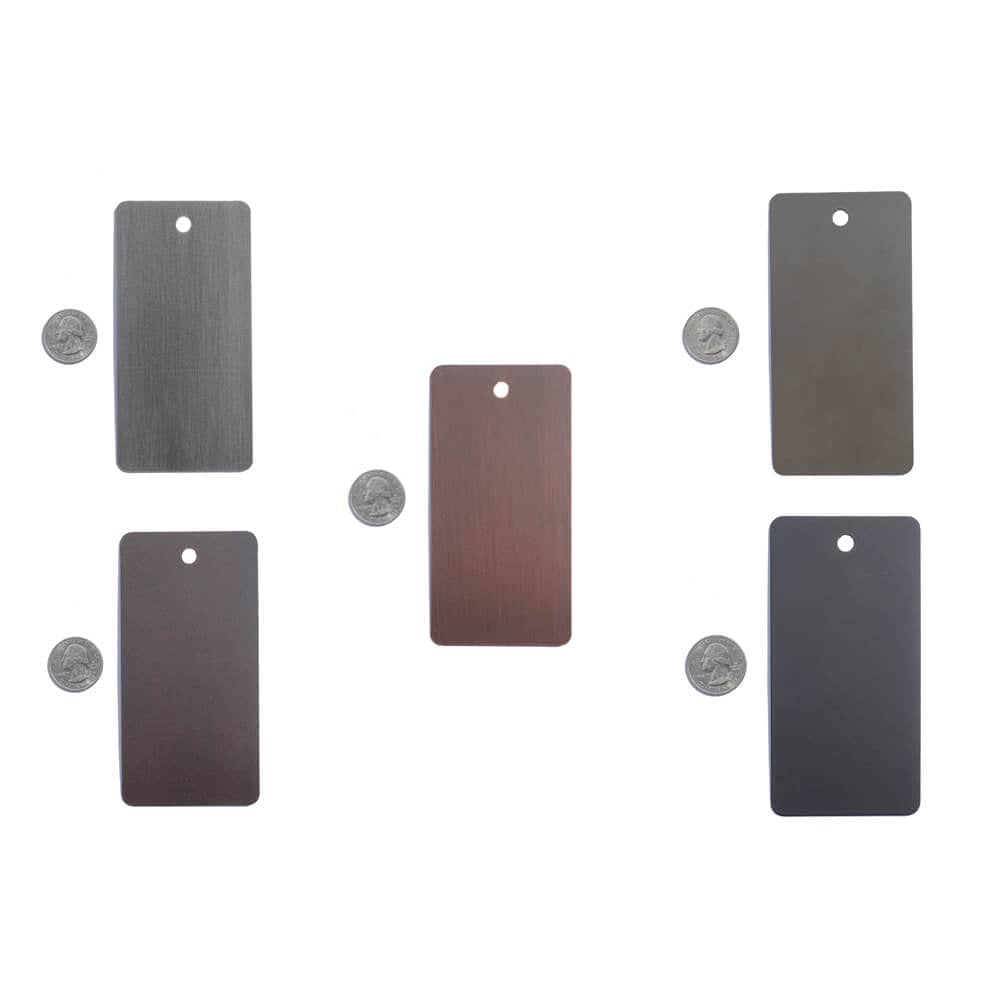
Painting Metal Entry Doors
Although all exterior door materials require a certain dose of maintenance, if you want your metal door to last, you'll need to devote some time to their repainting. You're relatively safe for the first five years and can make do with simple cleaning if the door manufacturer recommends. But afterward, you might start noticing some signs of wear that definitely don't look flattering on entry doors.
The painting process can be broken down into several steps, which the following sections will cover.
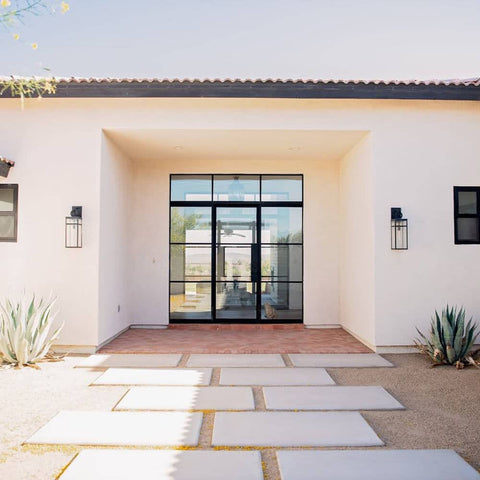
Step 1: Gather the Needed Supplies
The most important part of a door upgrade like painting is finding and gathering the right supplies. Ideally, you should have the following things ready next to your workspace:
-
Regular brush and chip brush
-
Paint tray to mix the colors
-
Foam roller to apply the paint more uniformly
-
Painter's tape to protect the glass, handles, and other hardware on your door unless you're replacing them
-
Various cloths and rags to clean and remove any droplets of color
-
Sander to remove any old paint and dirt, as some exterior metal doors have a thin layer of paint on them to protect them from the elements
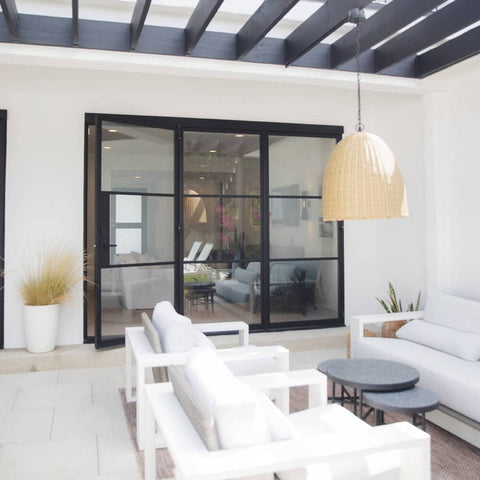
Step 2: Choose the Right Paint and Primer
Of course, you can't have a well-painted door without suitable paint. Naturally, the material of your door dictates the paint type, and in the case of metal doors, the best is oil-based paint. As for the type of finishes, your choices are satin, semi-gloss, glossy, and matte.
For metal entry doors, satin or semi-gloss should be at the top of your list. Entry doors get a ton of damaging UV-ray exposure that fade the color and decrease the visual appeal of your home. Glossy finishes reflect the sun like no other and make cleaning easier.
Semi-gloss also hides imperfections more successfully than full-gloss. However, glossy paints require a coat or two more than matte paints like satin. Unsurprisingly, that makes them more durable than satin, so it's another point for gloss.

Step 3: Find the Perfect Timing
Avoid heavy rain and humid weather conditions. Even if you finish before the first droplets fall onto the ground, water could splash on your freshly painted exterior door – ruining your hard work.
Start your project on a dry day. Ensure that unexpected weather conditions don't interrupt you while waiting for each coat to set. If you can't squeeze the whole process into several hours, paint the exterior side and edges first. You can paint the interior after re-hanging the door.
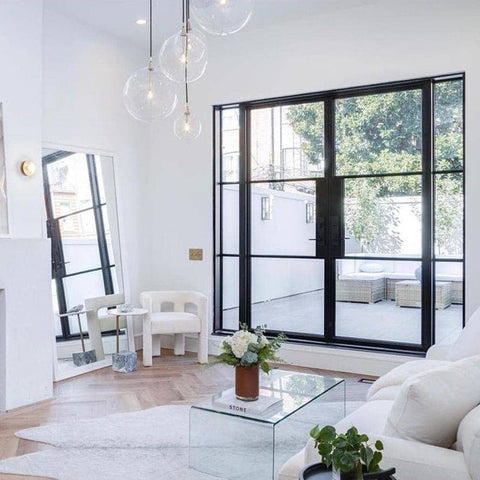
Step 4: Prep Your Door
Before applying the first coat, thoroughly clean and dry the door. Even with steel doors, dirt and grease accumulate on their surface and might hinder the painting process.
The smartest way to clean a metal door is by consulting the manufacturer's manual or finding their page online and looking for cleaning tips. Metal is metal, you might think. What's the difference between one steel door and another steel door? But those steel doors might've been treated differently or layered with a unique finish.
Note that you might need to sand the door to remove these very layers first, which should also be emphasized in the manual. Also, closely inspect the door for any damage so you don't end up having to repaint the door because you noticed a hole or a crack too late. Then, place the painter's tape wherever needed, such as around glass panels and hardware.
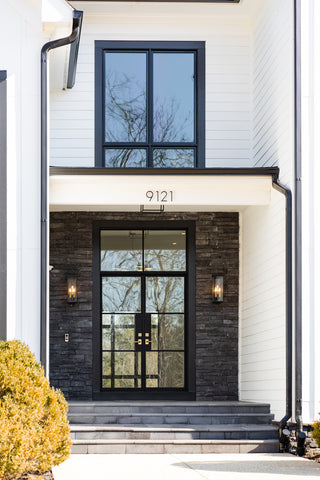
Step 5: Prime Your Door
Regardless of the color type, you should prime your door. Yes, even metal ones. You can do it with the chip brush mentioned above. Some primers can be slightly runny and glide off the door surface, so you might need to apply a second coat. You can also prime the trim in case it needs a touch-up.
Let the primer coats dry completely before moving on to the next step.

Step 6: Finally, Start Painting
Once the primer no longer stains your fingers, you can finally pick up the brush and start your door transformation. A single thick coat doesn't mean a faster job. Opt for several thin ones, instead. Apply the paint in sections – with a brush for details and crevices and the roller for larger, flat surfaces.
Prepare for the first coat to look messy. But be patient and let it dry well even if the neighbors are looking. Do the subsequent coats. A metal door might need up to a month to cure completely, but that doesn't mean your house should be doorless. Hang it back in place after a few hours of drying, or keep it open if you haven't removed it in the first place.
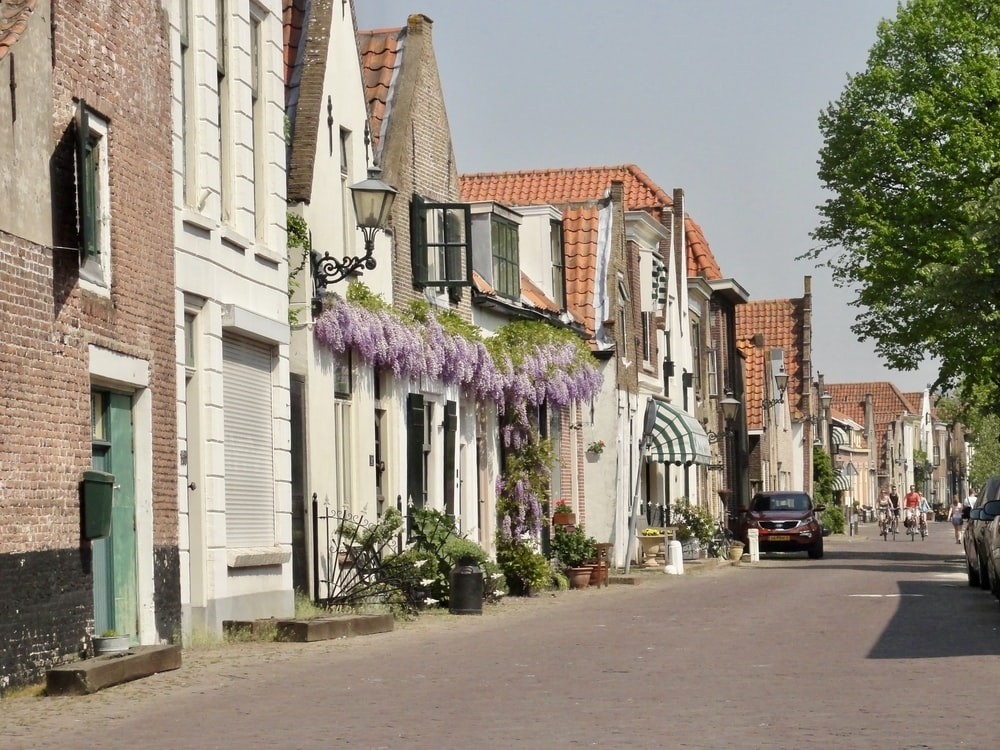
PINKYS Metal Door Offers
Steel and iron doors are all the rage right now, and PINKYS has offers that won't disappoint. Our classy, elegant black doors will look breathtaking at your entrance, patio, garage, pool house, or balcony. Whichever aesthetics you're going for, black is the universal iron doors color that can fit both minimalistic and elaborate styles.

PINKYS steel and iron door and window options already require minimal maintenance to serve you for a long time. But if you need to revitalize your doors, PINKYS offers an in-house iron door spray that protects your iron against UV rays and rust.
Visit our page and view the extensive selection of iron and steel doors for your home.